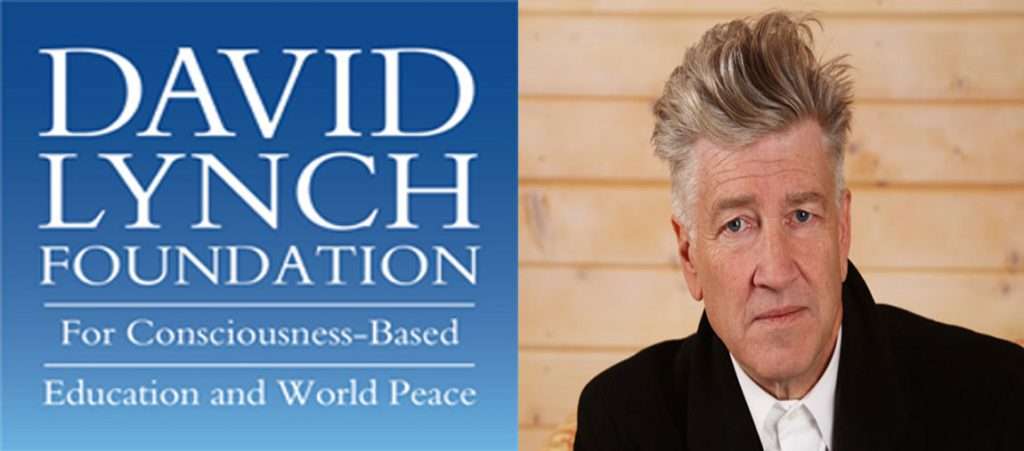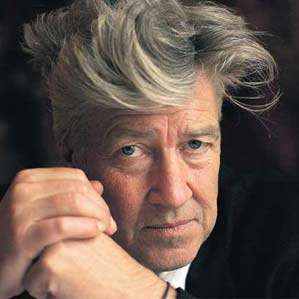If you’ve ever immersed yourself in the surreal worlds of Twin Peaks, Mulholland Drive, or Eraserhead, you’ve probably wondered: where does David Lynch come up with this stuff? His films are mesmerizing, and full of dreamlike logic. What fuels a mind like that? The answer might surprise you. It’s not caffeine, chaos, or sleepless nights staring at a script. It’s something much quieter, much deeper: meditation. Specifically, Transcendental Meditation (TM). For Lynch, it’s not just a habit—it’s a way of life and a creative superpower.
How Lynch Discovered Transcendental Meditation
The story starts in 1973. Lynch was in the thick of his artistic pursuits but struggling internally. He was anxious, frustrated, and often consumed by anger. Someone suggested he try meditation—specifically, Transcendental Meditation. Skeptical but open-minded, Lynch gave it a shot.
His first session blew him away.
He later described it like this: “It was like I was in an elevator and someone cut the cables. I went down into this beautiful ocean of pure consciousness. Bliss.” That moment marked the beginning of a decades-long practice that Lynch still credits as the most important tool in his creative and personal life.
What Is Transcendental Meditation, Anyway?
Transcendental Meditation is an easy-to-learn meditation technique. It’s a simple, effortless practice where you sit quietly with your eyes closed and silently use a personalized mantra for about 20 minutes, twice a day.
Unlike other meditation techniques that require concentration or mindfulness, TM is about letting go. Your thoughts drift, your mind settles, and you enter a deeply restful state—sometimes even deeper than sleep. There’s a large body of scientific research supporting its benefits, from reducing stress to enhancing cognitive performance and creativity.
Catching the Big Fish: Meditation and Creativity
Lynch often talks about creativity in metaphors, and one of his favorites is fishing. In his book Catching the Big Fish, he writes:
“If you want to catch little fish, you can stay in the shallow water. But if you want to catch the big fish, you’ve got to go deeper.”
For Lynch, meditation is the method for going deep. He doesn’t meditate to find specific ideas or plot twists. Instead, he meditates to access a deeper, richer field of awareness. From that place, the ideas come on their own—clearer, fuller, more inspired.
He compares the process to digging a well. The deeper the well, the purer the water. TM, in his experience, clears away surface-level noise so that the really good stuff can rise to the top.
Real Results: Mental Clarity, Energy, and Joy
According to Lynch, the benefits of TM go far beyond creativity. He’s said it boosts his energy, sharpens his focus, and makes him feel genuinely happy. And this isn’t just personal opinion—he’s supported plenty of scientific studies to back it up.
Here are just a few documented benefits of TM:
- Reduced stress and anxiety: TM has been shown to lower cortisol levels, the stress hormone, significantly more than other relaxation techniques.
- Better sleep: People who practice TM report falling asleep faster and sleeping more deeply.
- Improved focus and cognitive function: Studies have found increased brain coherence and improved learning ability among practitioners.
- Enhanced emotional stability: TM has been linked to reduced symptoms of depression and PTSD.
If you’re curious, the American Psychological Association and even the National Institutes of Health have supported research showing how TM affects the brain and body.

The David Lynch Foundation: Making Meditation Accessible
In 2005, Lynch took his passion for meditation to the next level by launching the David Lynch Foundation. The goal? To bring the benefits of TM to people who need it most—especially those facing high levels of stress and trauma.
The foundation works with schools, prisons, veterans’ organizations, and women’s shelters to provide free TM training. The results have been powerful:
- Veterans dealing with PTSD have reported up to a 50% reduction in symptoms after regular TM practice.
- Students in under-resourced schools showed better academic performance, fewer behavioral issues, and improved emotional well-being.
- Women recovering from domestic abuse have found TM to be a vital tool in their healing journey.
So far, the foundation has reached more than a million people worldwide and continues to expand. For Lynch, it’s a way to use his success for something profoundly healing and universal.
TM Isn’t Just for Artists (But It Sure Helps)
Lynch isn’t alone in his love for Transcendental Meditation. Plenty of well-known creatives use it to boost their focus and stay grounded in hectic industries.
Here are just a few names you might recognize:
- Oprah Winfrey has called TM “life-changing” and even offered it to her entire team.
- Jerry Seinfeld has practiced TM for over 40 years and says it’s been crucial to his productivity and creativity.
- Hugh Jackman uses TM to stay centered and energized while juggling acting, parenting, and public appearances.
- Sheryl Crow credits it with helping her navigate the emotional ups and downs of life in the spotlight.
And of course, The Beatles—particularly Paul McCartney and Ringo Starr—were early adopters who helped popularize TM in the West.
Can Meditation Really Make You More Creative?
Lynch believes it 100%. But don’t just take his word for it.
Numerous studies have linked meditation to enhanced problem-solving, abstract thinking, and even more frequent “aha” moments. TM practitioners often report improved intuition and a stronger sense of connection to their work—whether it’s film, music, painting, or writing.
It’s not that meditation gives you ideas. It creates the mental space for ideas to come in. It removes noise, tension, and self-doubt—allowing creativity to flow more naturally.
As Lynch says, “Negativity gets in the way of creativity.” Meditation clears that negativity, like wiping fog off a mirror.
Want to Try It?
Transcendental Meditation is taught by certified teachers in cities all over the world. It’s not something you learn from an app or a YouTube video—it’s taught in person, usually over four sessions, with personalized guidance and support.
While it costs more than most self-help tools, many people say it’s one of the best investments they’ve ever made for their well-being.
If money’s tight, the David Lynch Foundation sometimes offers scholarships and funding to help people get started, especially those in underserved communities.
The Calm Behind the Chaos
David Lynch is known for making movies that are mysterious, sometimes terrifying, and often downright confusing. But in real life, he’s one of the calmest, most grounded people you could meet. That’s the power of meditation.
What Lynch shows us is that you don’t have to suffer for your art. You don’t have to be a tortured genius. You can be peaceful, happy, and centered—and still make amazing, mind-bending things.
TM isn’t a magic fix, but it is a powerful tool for tuning into the deeper layers of yourself. Whether you’re an artist, a student, a business owner, or just someone who wants a little more inner peace, meditation might be the doorway to something bigger—something beautiful, powerful, and deeply your own.
Because as Lynch would say: the big ideas live down deep. And if you want to catch them, you’ve got to be still, go quiet, and take the dive.
Update: David Lynch, the visionary filmmaker behind Twin Peaks, Mulholland Drive, and Blue Velvet, passed away on January 16, 2025, at the age of 78.
Lynch’s daughter, Jennifer Lynch, reflected on her father’s life and legacy, describing him as someone who “loved being alive” and possessed an insatiable curiosity that defined his multifaceted creativity.
David Lynch is a living portal to the subconscious—an artist who dares to dream with his eyes wide open. Through his films and his deep devotion to meditation, he’s shown us that the strangest journeys often lead to the most profound truths. In a world of noise, Lynch reminds us to listen to the quiet within.





















